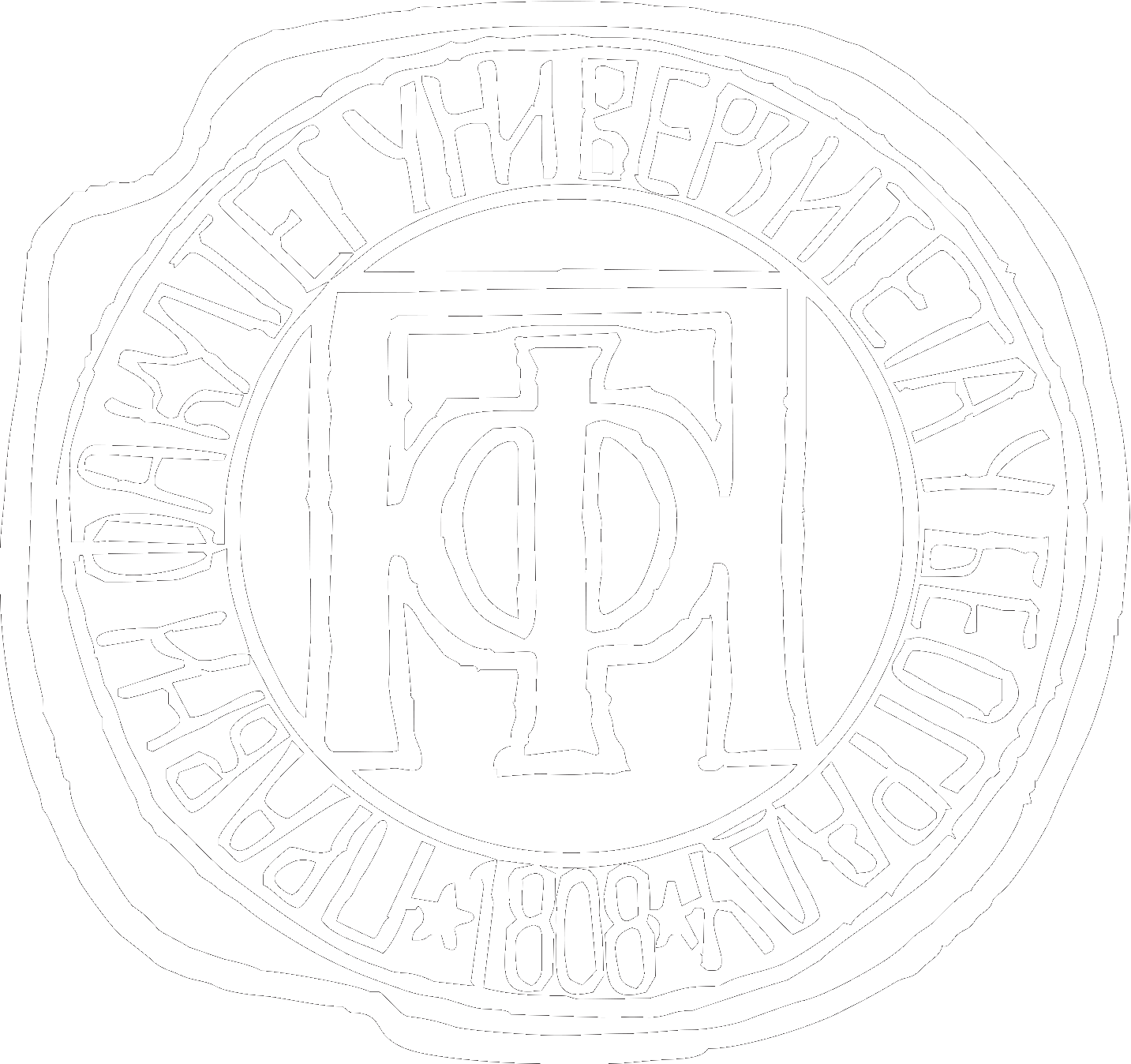Mera zaštite od nasilja u porodici – zabrana prilaska žrtvi nasilja na određenoj udaljenosti
DOI:
https://doi.org/10.5937/crimen2403305NKeywords:
Domestic violence; Protection orders; Restraining order; Distance; Family membersAbstract
Domestic violence as a social phenomenon in the last two decades in the Republic of Serbia is becoming legally regulated. The large number of applications for domestic violence, as well as the processing by the court, shows that there are certain difficulties that the courts are facing. Existing data on the trend of violence indicate that something needs to be done to at least reduce this phenomenon, since complete eradication is impossible. It is necessary to delineate the cases that should be considered before the court from those that do not represent domestic violence. Accordingly, legal changes are imposed as one of the solutions. The connection between criminal and family legislation is reflected in the fact that the violation of the pronounced protection measure against domestic violence in civil proceedings entails criminal liability. The subject of analysis in the paper were judgments in which the restraining order is determined. An overview of acts of violence that lead to the imposition of the measure, as well as family members between whom this measure is imposed (spouses and ex-spouses, current and former extramarital partners, persons in an emotional relationship, in-law and blood relatives) is provided. Men, current or former spouses, are the most common abusers in court decisions. In all cases where a restraining order was issued, there was physical violence. At the same time, in almost all observed cases, a ban on further harassment is imposed, especially because physical violence, before or after its execution, is also characterized by psychological violence (insults, threats). The mere existence of psychological violence can be grounds for prohibiting further harassment. The use of alcohol appears, almost inevitably, as a cause of violence. In the observed verdicts, the smallest distance is 2m, which is almost ineffective due to the proximity in which the abuser and the victim can be found, while the largest distance is 300m. Criteria are provided for the court’s assessment when the measure has been violated. Objectively approaching at a distance smaller than that determined in the judgment does not lead to a violation. The author advocates the application of a subjective criterion which states that there is an intention to violate the stated protection measure.
Downloads
References
Ćorac, S. 2018. "Uticaj nasilja u porodici na povredu prava na poštovanje porodičnog života: praksa Evropskog suda za ljudska prava i sudska praksa u Republici Srbiji." In Porodični zakon: Dvanaest godina posle, edited by M. Draškić, N. Šarkić, and J. Arsić, Beograd.
Dobash, R., and R. Dobash. 2000. "Violence Against Women in the Family." In Cross Currents: Family Law and Policy in the US and England, edited by S. Katz, J. Eekelaar, and M. Maclean, Oxford. https://doi.org/10.1093/acprof:oso/9780198268208.003.0022
Donovan, K. 1998. "A Right to Know One’s Parentage." International Journal of Law, Policy and the Family 2 (1). https://doi.org/10.1093/lawfam/2.1.27
Herring, J. 2007. Family Law. Oxford.
Kolarić, D., and S. Marković. 2022. "Analiza dosadašnje primene Zakona o sprečavanju nasilja u porodici." Anali Pravnog fakulteta u Beogradu 70 (1), Beograd.
Korać, R. 2012. "Zakon o zaštiti od nasilja u porodici Crne Gore – Osnovna opredjeljenja." In Nasilje u porodici, edited by S. Panov, M. Janjić Komar, and M. Škulić, Beograd.
Micković, D., and A. Ristov. 2012. "Porodično nasilje i njegovo pravno regulisanje u Republici Makedoniji." In Nasilje u porodici, edited by S. Panov, M. Janjić Komar, and M. Škulić, Beograd.
Panov, S. 2012. "Nasilje u porodici: Pozitivno-pravni kontrapunktovi." In Nasilje u porodici, edited by S. Panov, M. Janjić Komar, and M. Škulić, Beograd.
Panov, S. 2016. Porodično pravo. Univerzitet u Beogradu – Pravni fakultet, Beograd.
Pantelić, N., and S. Mališić. 2018. "Pet meseci primene Zakona o sprečavanju nasilja u porodici u Republici Srbiji." Pravni život 10.
Probert, R. 2009. Cretney and Probert’s Family Law. London.
Radić, D. 2012. "Pravna zaštita od nasilja u porodici u pravu Republike Srpske." In Nasilje u porodici, edited by S. Panov, M. Janjić Komar, and M. Škulić, Beograd.
Sendall, J. 2017. Family Law. Oxford. https://doi.org/10.1093/he/9780198787716.001.0001
Schneider, E. 2000. "The Law and Violence Against Women in the Family at Century’s End: The US Experience." In Cross Currents: Family Law and Policy in the US and England, edited by S. Katz, J. Eekelaar, and M. Maclean, Oxford. https://doi.org/10.1093/acprof:oso/9780198268208.003.0021
Stjepanović, S. 2006. "Mere zaštite protiv nasilja u porodici u slučaju kada je lice prema kome je izvršeno nasilje bračni ili vanbračni partner." In Zbornik Novo porodično zakonodavstvo, edited by Z. Ponjavić, Kragujevac.
Vuković, S. 2005. Komentar Porodičnog zakona. Poslovni biro, Beograd.
Welstead, M., and S. Edwards. 2011. Family Law. Oxford.

Downloads
Published
How to Cite
Issue
Section
License
Copyright (c) 2025 Uroš Novaković

This work is licensed under a Creative Commons Attribution 4.0 International License.
The authors retain copyright and grant the journal the right of first publication, allowing others to share the work with proper attribution to the authors and acknowledgment of its original publication in this journal.










